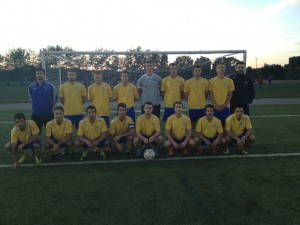

Soccer Analytics:
Beyond the Obvious
This publication is dedicated to an in-depth study on soccer analytics based on Carmine Lofaro’s philosophy of soccer. Unlike, American football, baseball, basketball or hockey, analytics do not transcend well to soccer. Statistics such as goals scored, corner kicks, assists, shots on goal, interceptions, passing accuracy, challenges won, etc., typically represent the extent of analytics in today’s soccer. Furthermore, collecting data that tracks the history of player and ball pathways and attempting to predict future goals is argumentative. This game is continuous play and the sample size is infinite. Knowing that more goals were scored from point “x” or “y” (within or outside the penalty or goal area) is totally irrelevant to predictability. Lofaro’s Philosophy is based on 2 sub-levels of soccer: Playing with and without the ball in relation to a player’s skill set and corresponding position. The focal point of each sub-level is on individual players playing without the ball. In essence, the philosophy is attributed to the “Power of One Position” where the value of a collective coefficient offers the highest probability for success. In essence, achieving the highest player value will increase total team value as it pertains to Talent Identification. This in-turn will translate to a higher winning success rate.
As head coach of the Burlington U-21 Provincial team in the Ontario Soccer League (OSL), Lofaro directed a small market team with a limited player pool, to a promotion and guided one of his players to 2 successive scoring titles.
